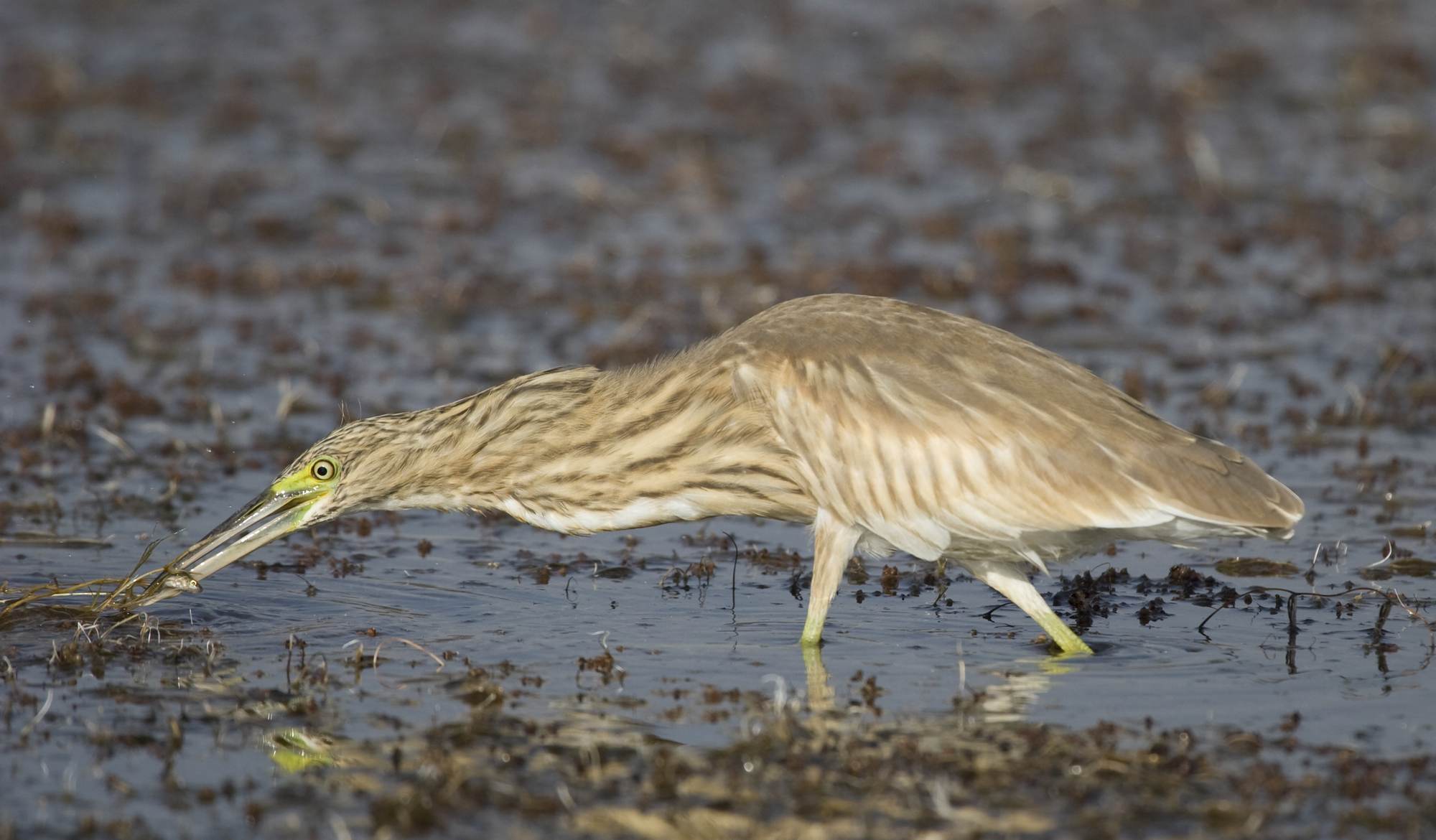Just on the outskirts of Ankara, you find yourself in what is practically a birds’ paradise. Mogan Lake is an extraordinary lake situated in the middle of Central Anatolia right in the path of birds’ migratory routes. We had another interview with our favorite nature photographer, Melih Özbek, on the birds of Mogan Lake this time around, and he graced our resulting interview with his photographs.
Why are there so many different species of birds around Mogan Lake?
One can encounter approximately 350 of the 485 species of overall birds observed in Turkey within the provincial borders of Ankara. Mogan Lake in particular houses even more species of birds than the city of Ankara, the reason for that being that it’s a very shallow lake that’s three meters deep at most. As sunlight passes through it easily, Mogan Lake contains plants that can photosynthesize, making it an extremely oxygen-rich lake with abundant sources of nutrition. That’s why birds prefer to use the lake as a rest spot. Also, taking a general look at a map of Turkey, one can see that Mogan Lake is in a strategic location for the birds, who use specific routes. The ones migrating from Europe enter over the Bosphorus Strait, as birds try to avoid flying over the sea. There are no thermals there to lift them, making flying more of a chore. Another group enters near Artvin, after which it all converges and travels south to Africa over Hatay. For the group coming from Europe, Mogan is a wetland area right at the halfway point. In fact, with the migration season just underway, Mogan must be a real carnival just about now, where even birds completely alien to Turkey may be observed. Naturally, the fact that Mogan has been sieged by urban expansion from all directions and is not particularly protected in spite of being a designated special conservation area, with its marshes destroyed by the parks built around it, is gradually making it uninhabitable by birds.

And why are the marshes so important?
Marshes provide exceptional shelter and can be thought of as gated communities where nearly all birds can take refuge and feed. In recent years, however, a change has taken place: in time, a pond formed below the lake known as “Selkapanı”, where the birds have now started hanging out. You can observe a huge amount of bird species here because Selkapanı is surrounded by crop fields. Flocks of flamingoes and pelicans come here, for instance. Almost all of Ankara’s birds and almost half of all of Turkey’s birds can be observed here. Being surrounded by fields, both water and land birds have begun to prefer this area. Then there’s this plant endemic to Mogan, with beautiful, fiery flowers, known as the Gölbaşı love flower. It’s very familiar to the birds.

Cyanus tchihatcheffii “Love flower” © Melih Özbek

The little owl, a diurnal bird © Melih Özbek

The Eurasian Hoopoe is one of the most popular bird varieties at Mogan © Melih Özbek

Young Flamingo © Melih Özbek
You might immediately ask why these flamingoes are not pink. The paleness of this flamingo’s plumage means that it is young. Flamingoes feed on saltwater shrimp and that’s why their plumage eventually turns pink. It’s similar to how our palms take on a red tinge when we consume too many carrots. In a zoo, when they are fed something else, they will turn back into gray.
Due to the rising numbers of people in recent years, we’ve become unable to observe as many bird species.

The bearded reedling is one of Özbek’s favorite birds to photograph © Melih Özbek

Squacco Heron © Melih Özbek
As you can see, this bird has a luna moth in its beak. It constantly eats such things, meaning it gets rid of quite a large number of insects wherever it goes. The insects breed in accordance to this probability. So, if 10 insects are to end up surviving, 1000 insects will be produced, and 990 of them are eaten by these birds. When the birds aren’t around, on the other hand, a thousand of these insects roam the area, causing a problem.
“If we were to ride to Mogan right now, we would see that it’s brimming with birds and their song. The babies will have hatched, and they would come near us as they don’t fear humans.”
If Mogan Lake were in any other country, to see it, people would have to make reservations two months prior and pay an entrance fee to boot. We on the other hand put the value of a place on the parks or buildings we can build there when this outlook only causes us to harm nature. Several projects are going on at Mogan right now. They say, for example, that the lake is being cleaned, but there are oxygen-generating plants below the surface and if they eliminate those like they did the reeds, it will seriously throw off the lake’s ecological balance. As you also know, swamps and marshes are always considered to be places that should be dried up, and they give rise to mosquitoes. The real reason for that is that we make the place uninhabitable to birds, and the mosquitoes rise in number when the birds leave. One ought not to upset nature’s equilibrium in the first place. Sadly, a conservation mindset is not the forte of our people. We don’t grasp the great significance of birds within our ecosystem.
Click here to read “Birds of Ankara Part 1”
Interview by: Nazli Sagdic Pilcz
Translated to English by: Zeynep Beler


